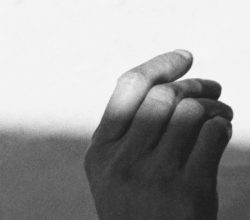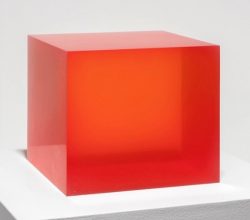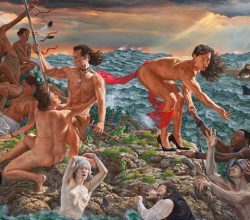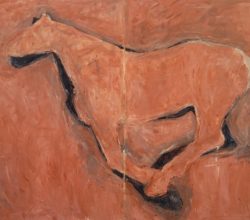
Landscapes, languor and limbs: the other side of Dorothea Lange
Sean O’Hagan | The Guardian | 15th February 2020
Can an artist’s best work become a kind of prison? Dorothea Lange’s iconic 1936 image Migrant Mother has pidgeonholed her as a Depression era documentarian. An extensive exploration of her archive shows a far more diverse output. Lange sought ways to “convey intimacy … gestures … subjects resting or sleeping … her own world of small things. A surprisingly contemporary image-maker …”




